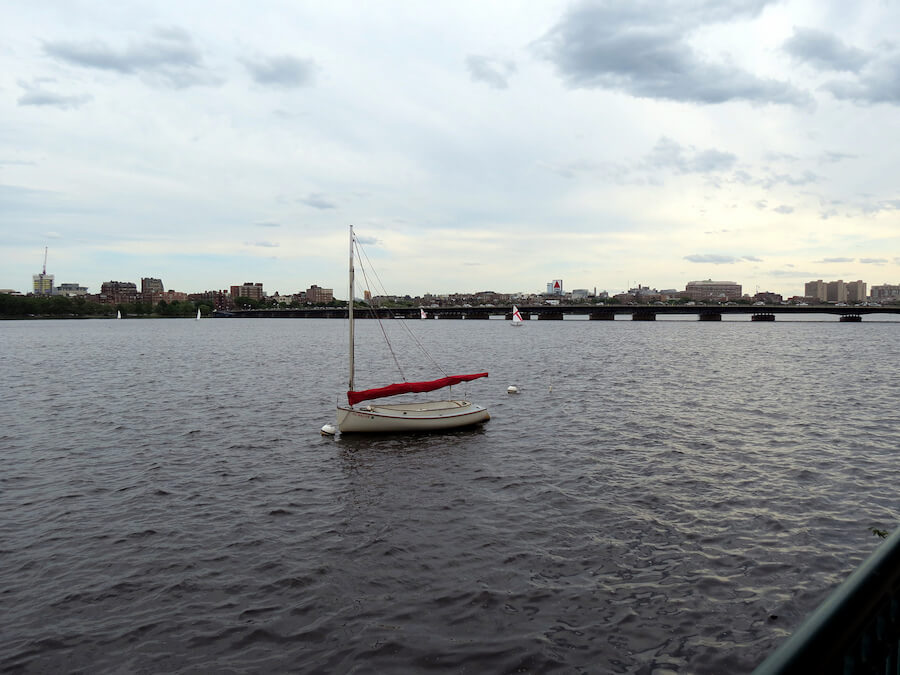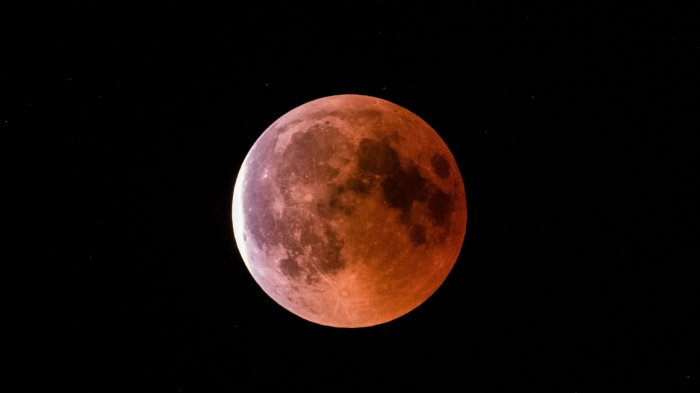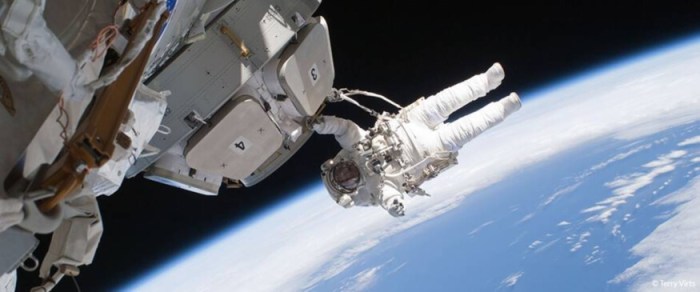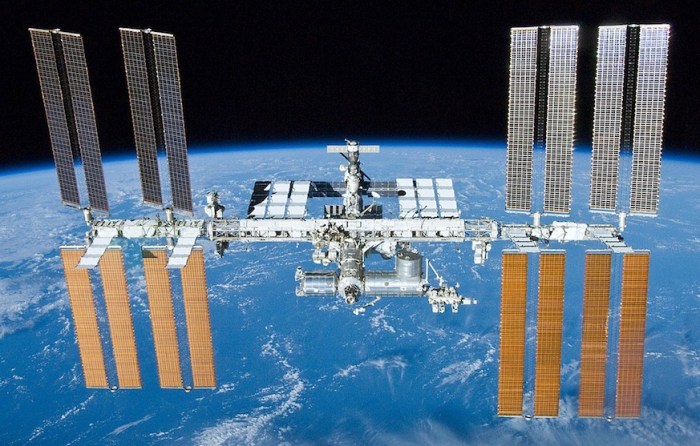Top space scientists have spotted an unidentified chunk of space junk with the abbreviated name “WTF” heading for a direct impact with planet Earth.
But they cannot be certain what exactly WTF is, according to a report in the Mirror, which added that scientists suspect the object is up to 2 meters wide and could possibly be hollow, suggesting it is of artificial origin. “[It could be] a lost piece of space history that’s come back to haunt us”, Jonathan McDowell, an astrophysicist at the Harvard-Smithsonian Center for Astrophysics , was quoted in the article, opening the possibility that the mystery debris might even be a remnant from the Saturn V rockets that took Apollo astronauts to the moon. RELATED: Alien megastructures could be orbiting outside our galaxy: Astronomers Officially named “WT1190F,” the object is locked into an orbit around Earth, circling the planet at a large distance, the Mirror reported, adding that experts believe i t should plop harmlessly into the Indian Ocean on November 13, if it doesn’t burn up in the atmosphere. “I would not necessarily want to be going fishing directly underneath it,” Bill Gray from NASA’s Jet Propulsion Laboratory was quoted in the Mirror.
Rather than threatening life on Earth, according to a related Daily Mail article, the object will give scientists a rare opportunity to observe a small impact from its approach through its landing. Astronomers at the European Space Agency’s (ESA) Near Earth Object office in Noordwijk, the Netherlands, were monitoring the space junk’s journey carefully, the Daily Mail claimed, quoting the agency: “[WTF1190F] poses very little risk to anyone but could help scientists improve our understanding of how any object – man-made or natural – interacts with Earth’s atmosphere.” RELATED: Next stop Mars, according to NASA It’s not known how many pieces of space junk orbit the Earth and moon, but WT1190F is rare, the Daily Mail reported, adding that it is believed to be one of approximately 20 man-made objects in distant orbit, according to Gareth Williams, an astronomer at the Minor Planet Centre in Cambridge, Massachusetts. The report also stated that it’s not known exactly how the object was propelled into a collision course with Earth.
Space junk ‘WTF’ will hit Earth next month

Arturo Avila/Flickr
























